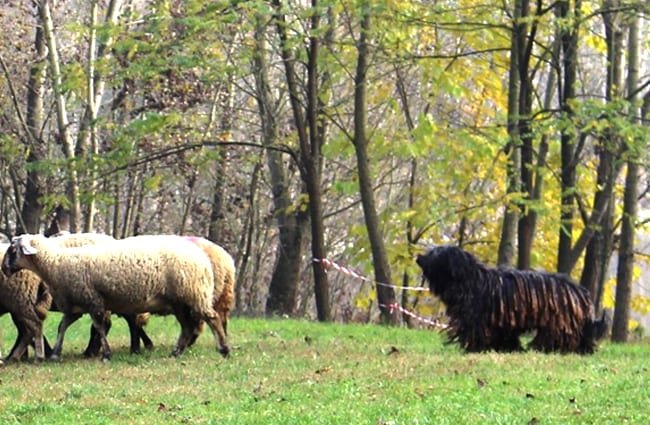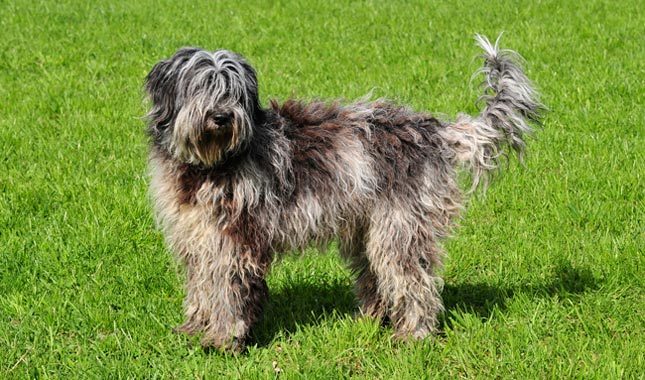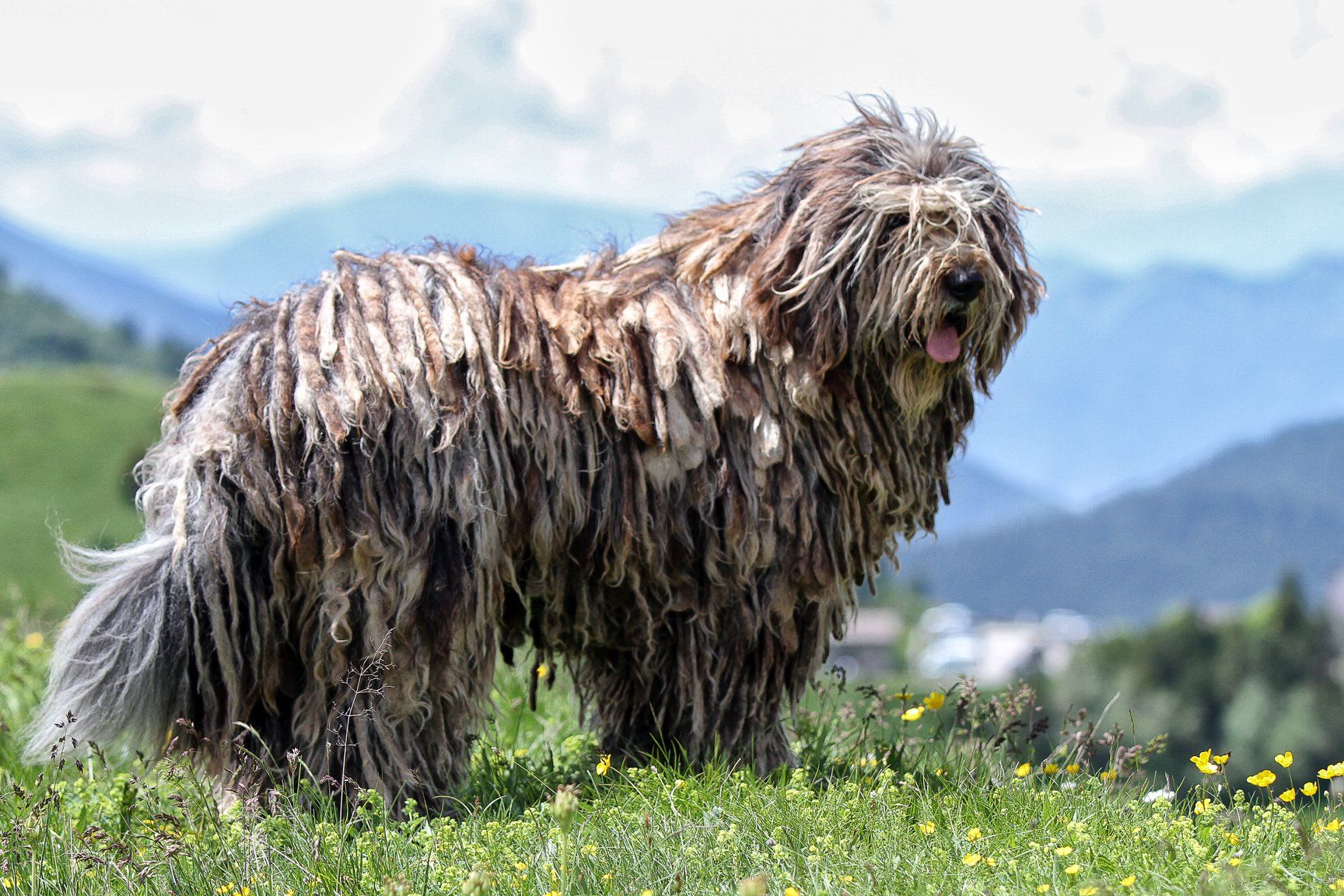Other names: Bergamasco Shepherd Dog, Bergamasco, Cane da pastore Bergamasco.
The Bergamasco Shepherd is a breed of dog with its origins in the Italian Alps near Bergamo, where it was originally used as a herding dog.
Origin
In 2018 a genetic study found that just prior to 1859, a broadly distributed European herding dog had given rise to the German Shepherd Dog, the French Berger Picard, and the five Italian herding breeds: Bergamasco Shepherd, Cane Paratore, Lupino del Gigante, Pastore d’Oropa and the Pastore Della Lessinia e del Lagorai.
Appearance

The Bergamasco is a muscular, heavy-boned herding dog with a large head and a thick tail that hangs down to the hock and curves slightly upward at the end. The entire dog is covered with an abundant coat that forms mats. The Bergamasco is compact in profile but is just slightly longer than tall. The Bergamasco’s characteristic feature is its unique coat, made up of three types of hair. The coat forms flocks (strands of hair weaved together creating flat layers of felted hair) or loose mats, which cover the dog’s body and legs, and protect the dog from weather and predators. The hair on the head is typically long and hangs over the eyes.
Males stand 23½ inches, while females 22 inches, measured at the withers. One inch taller or shorter than the ideal is acceptable. Males weigh between 70 and 84 pounds. Females weigh between 57 and 71 pounds. The Bergamasco is a muscular, heavy-boned herding dog with plenty of substance. The Bergamasco is very slightly longer than tall, with the length of body measured from point of shoulder to point of buttocks about 5 to 6 per cent longer than the height measured at the withers.
Coat and colour

The breed’s most distinctive feature is the unusual felted coat, a normal and healthy characteristic of the breed. The coat is characterized by three types of hair: a fine, dense, oily undercoat, long harsher hairs similar to a goat’s and a top woolly outer-coat. The three types of hair weave together as the dog gets older to form flat mats or flocks. The mats start from the spine and go down the flanks, growing every year to reach the ground. The colour can be solid grey or gradations of grey (including merle) up to and including solid black, provided it is not shiny or lustrous. Color also includes shadings only of isabella and fawn at the lower part of flocks (as a result of discolouration of old hair, not as a base colour).
The Eastern European breeds, the Komondor and Mioritic Shepherd have a single coat consisting of relatively little guard hair (also referred to as “goat hair”), but mainly curly down hair as an adaptation to that environment. The Western European breeds, such as the Briard and the Spanish Water Dog, also have a single coat, however, it consists mainly of guard hair. The Alpine region geographically between them, home of the Bergamasco shepherd, appears to form a bridge between these two groups. The Bergamasco Shepherd forms flocks which consist of both types of hair are present in almost equal proportions, although straighter and differently distributed.
The Bergamasco’s coat is considered to be non-shedding. The Bergamasco shepherd’s coat does not cord (cording is the twisting of hairs together to create a spiral strand), like the Komondor. The Bergamasco coat is very different, in that the strands of hair weaved together creating flat layers of hair (called flocks). A flock is a tuft or lock of wool or hair. Each flock of hair ranges in width anywhere from 1½ to 3 inches wide.
Temperament
The Bergamasco is an alert, observant and patient dog breed with good self-control and balance. This breed is suited even as a guard and companion dog. The Bergamasco establishes a close bond with its owner. Aggressive or overly shy behaviour is a fault.
Activities
This breed can compete in dog agility trials, obedience, showmanship, flyball, and tracking events. Herding instincts and trainability mean the dog can be trained to compete in herding trials. Although the Bergamasco is often photographed herding sheep, it is traditionally a cattle dog that performs well in a mountain environment. The cattlemen let their dogs go and they bring the herd back without human supervision.
